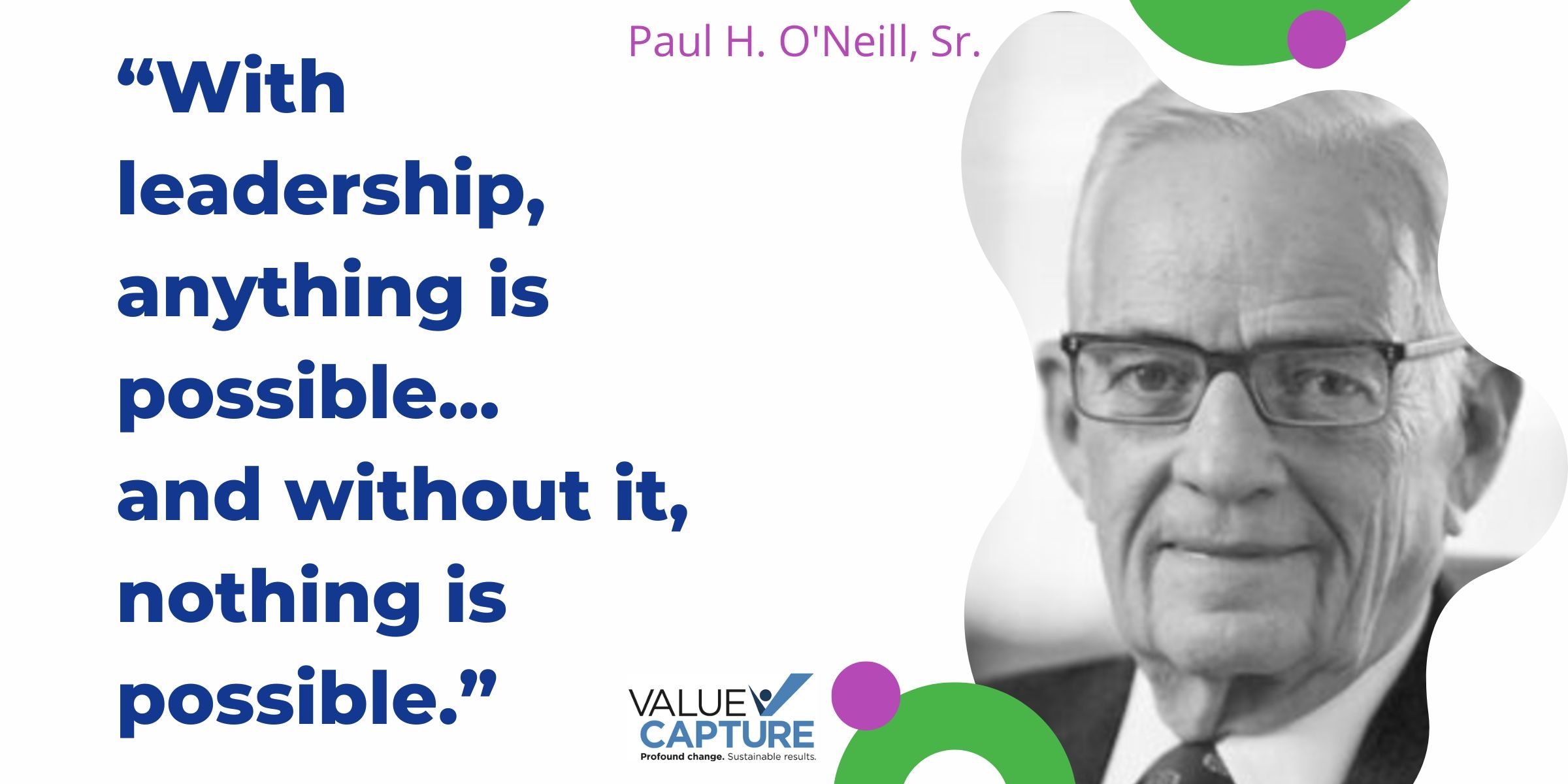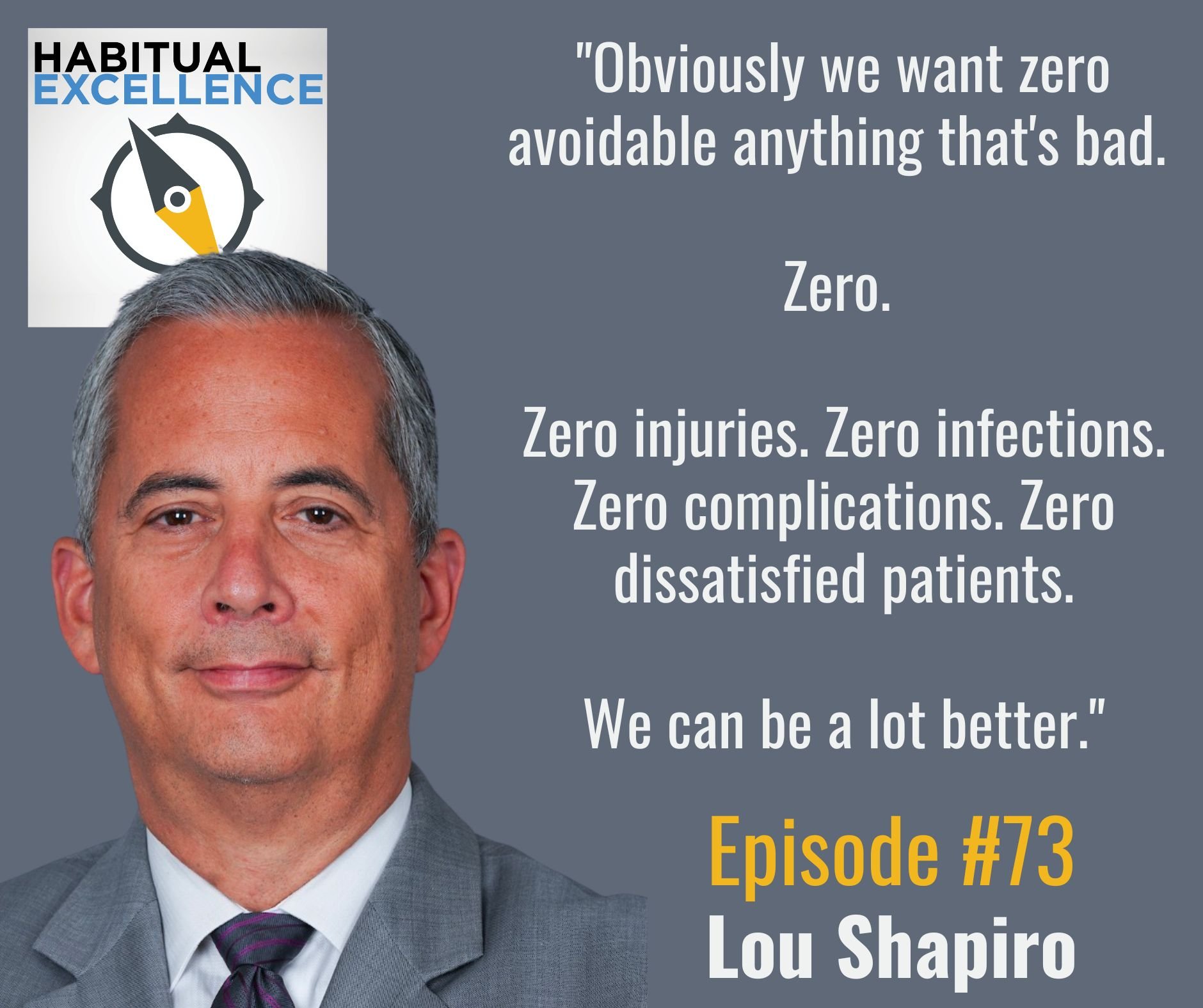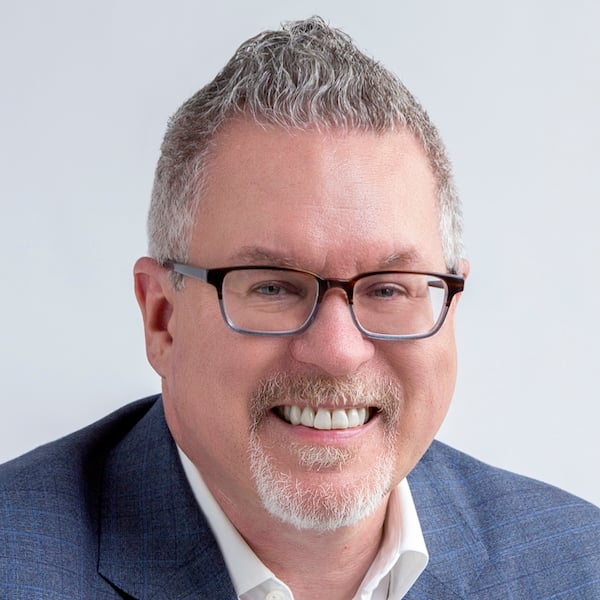Thanks for reading our Value Capture blog! We hope you find our posts to be informative and interesting.
We also share a lot of content related to principles and methods that we'd consider to be core parts of the Value Capture philosophy and approach. We're still adding pages and content, but here are a few that you might want to check out, below. Click on the headers / titles for the posts.
Interspersed are some related Paul O'Neill quotes and videos.
What is "Habitual Excellence?"
Why do we use this phrase and what does it mean? How was it brought to us by the late Paul O'Neill, Sr.?
Why do we think every organization should aspire to habitual excellence? Why is this especially true in healthcare?
-jpg.jpeg)
Learn more about habitual excellence.
Leadership for Habitual Excellence
How do we get to habitual excellence? Through leadership.
What's our definition of leadership and why is it so critical for success, if not excellence?

Learn more about our view on leadership.
How do we know if we are a habitually excellent organization? Read on...
Zero Harm: For patients and healthcare workers
Many organizations say they value and respect their caregivers and patients. How do we know if they are really living that ideal?
We can gauge their progress through the measures of employee and patient harm.
Are they aiming explicitly for zero? Are they providing the systems and leadership that's necessary to get close to that goal, if not meet it?
Aiming for zero is not about slogans and cheerleading. Again, it requires sustained leadership and it requires us to do the necessary work over time.
.jpg?width=2400&height=1200&name=Copy%20of%20ONeill%20Quotes%20(1).jpg)
Learn more about the goal of Zero Harm.
Theoretical Limits
This is another phrase that we learned from Mr. O'Neill. Leaders should always inspire their teams to work toward the theoretical limits of performance -- with "zero harm" being just one such example of the theoretical limits.
In our recent podcast episode with Lou Shapiro, the president and CEO of the Hospital for Special Surgery, he articulated theoretical limits thinking and goals:

-jpg.jpeg)
Instead of comparing yourself to benchmarks, compare yourself against the theoretical limits (usually zero or 100%). What can we do to inspire our team to work tirelessly toward those goals?
Learn more about the theoretical limits.
The Three Questions Asked by Paul O'Neill
How do we know that an organization has the potential for habitual excellence?
If they can say yes every day to the three questions posed by Mr. O'Neill.
Can you -- and the people in your organization -- answer "yes" every day?
.jpg?width=2400&height=1200&name=Copy%20of%20ONeill%20Quotes%20(4).jpg)
Learn more about the three questions.
Psychological Safety and its Essential Link to Continuous Improvement
The 3 questions are a starting point toward the ideal of high levels of psychological safety. People need to feel respected and included, as a basic starting point.
Psychological safety leads to physical safety.
And having a high level of psychological safety means that people will be able to participate fully in continuous improvement -- they will feel safe to challenge the status quo.
-jpg.jpeg)
Learn more about psychological safety.
Safety for providers, clinicians, caregivers, or any employee is a precondition for all work. Staff safety (both physical and psychological) means that they can focus on improving patient safety.
!["If it were true [that people are our most important resource], people would not be hurt at work." Paul O'Neill](https://www.valuecapturellc.com/hubfs/Copy%20of%20ONeill%20Quotes%20(5)-jpg.jpeg)
Learn more about staff safety.
Patient Safety - Working together toward Zero Harm
Paul O'Neill said that nobody should ever be hurt at work. At Value Capture, we agree that no patient should be hurt while care is being provided to them.
"[Paul] O’Neill’s tireless campaign for zero harm for employees and healthcare patients embodies respect for people. His desire to harm no one and feeling personally accountable if someone was harmed have become the stuff of legend."
-jpg.jpeg)
We'll be adding more of these pages over time. Stay tuned for another "roundup."

Written by Mark Graban
Mark Graban has served healthcare clients since 2005. Mark is internationally recognized as a leading author and speaker on Lean healthcare. His latest book is "The Mistakes That Make Us: Cultivating a Culture of Learning and Innovation."


Submit a comment